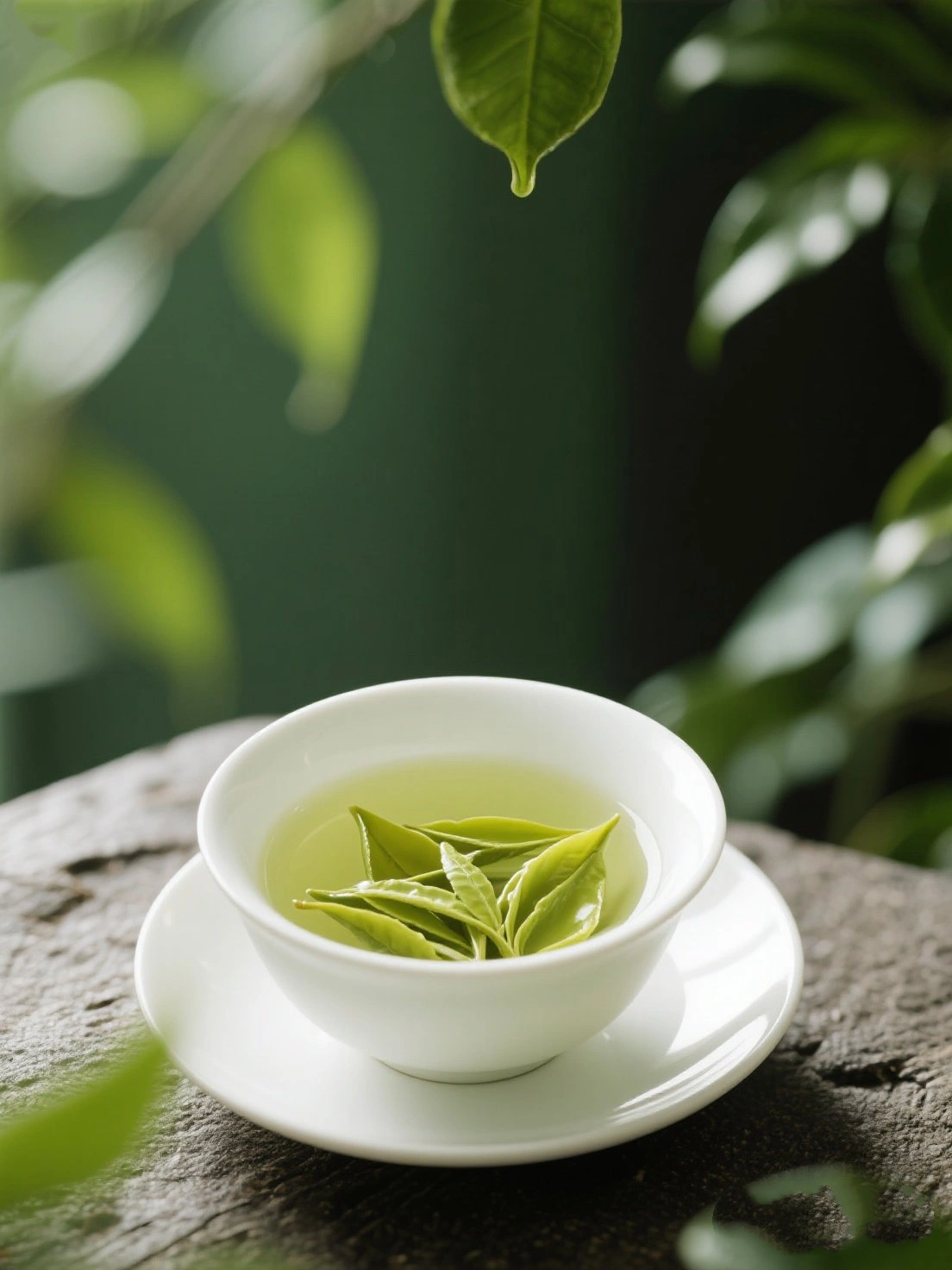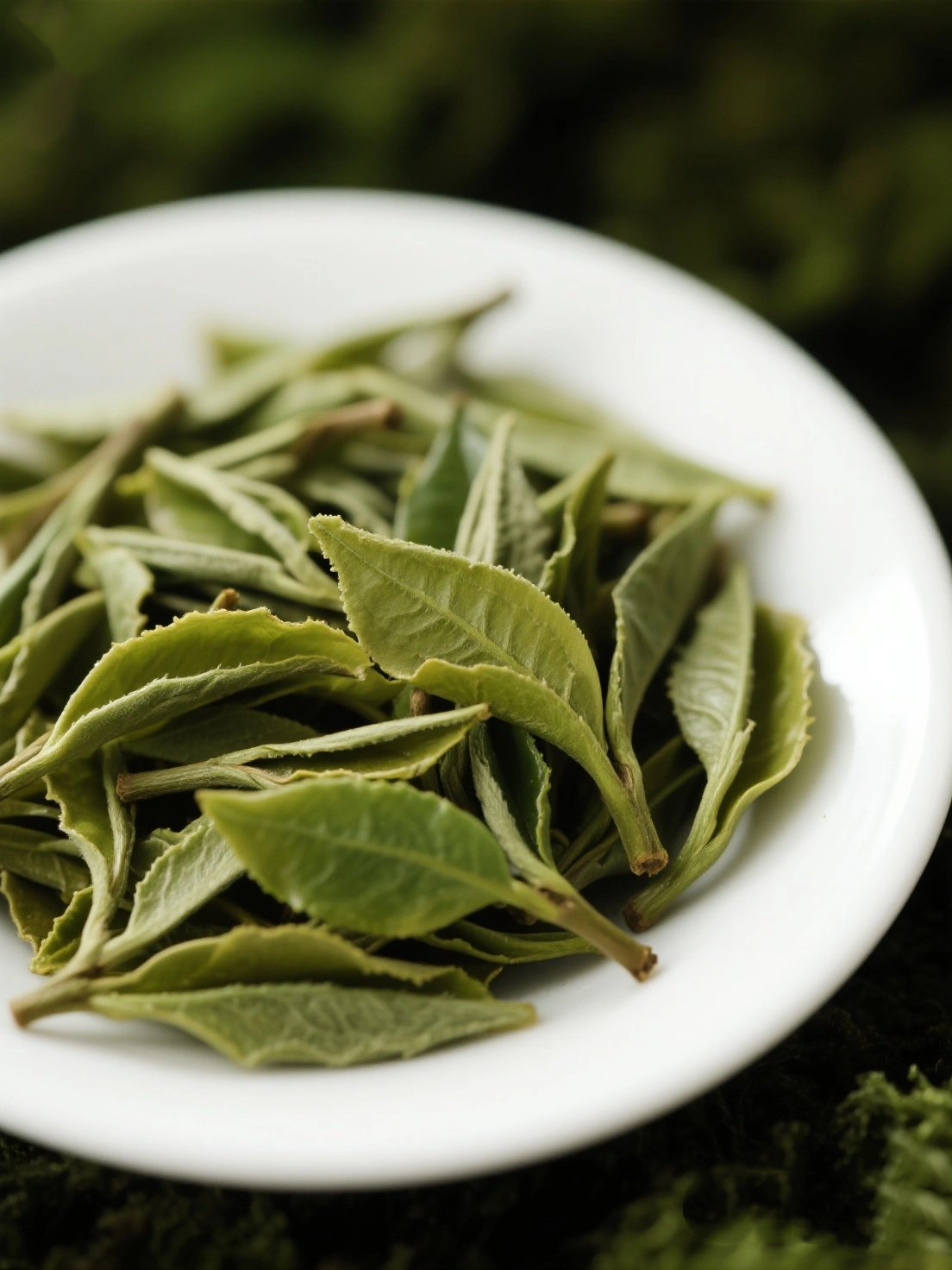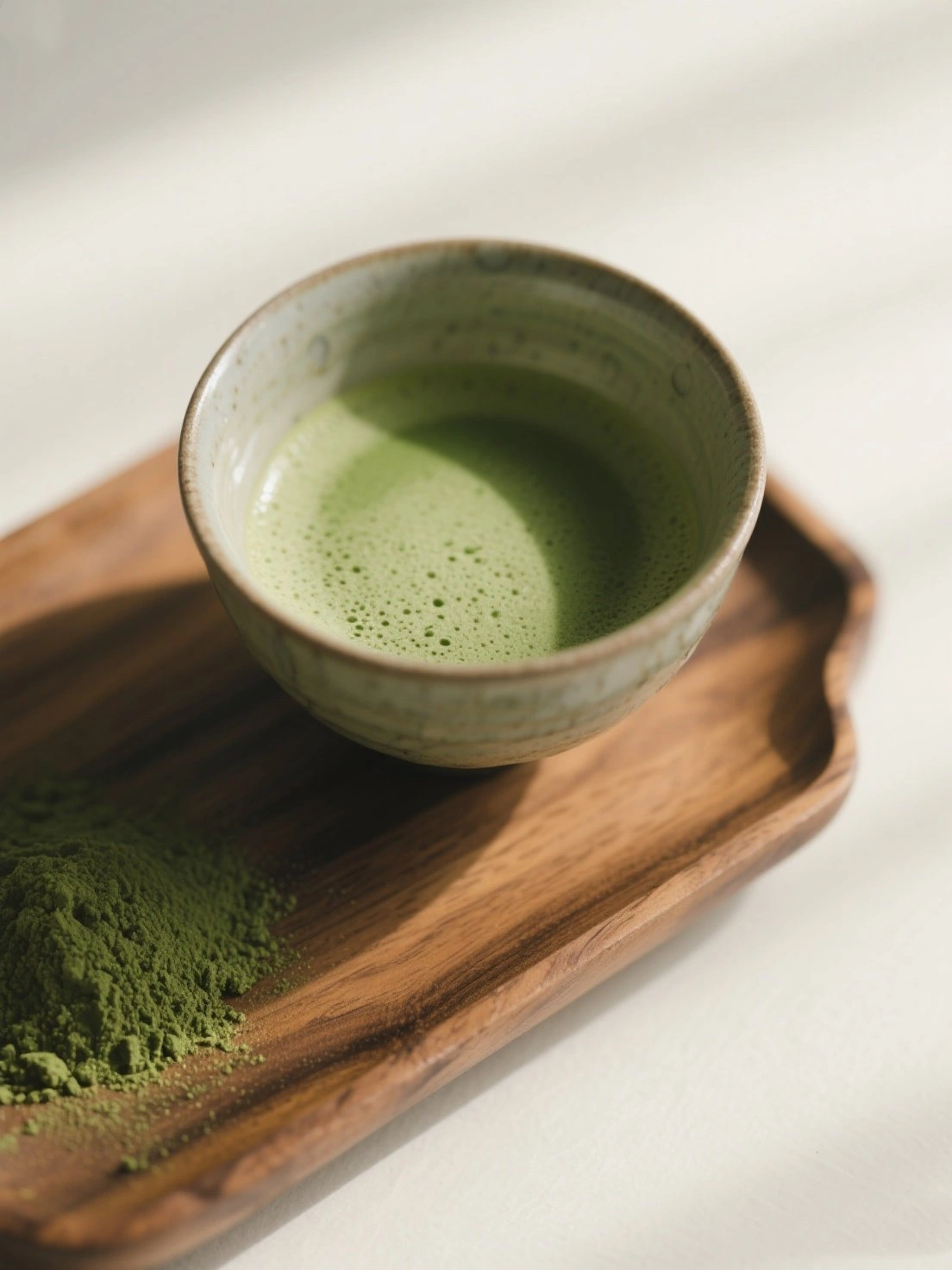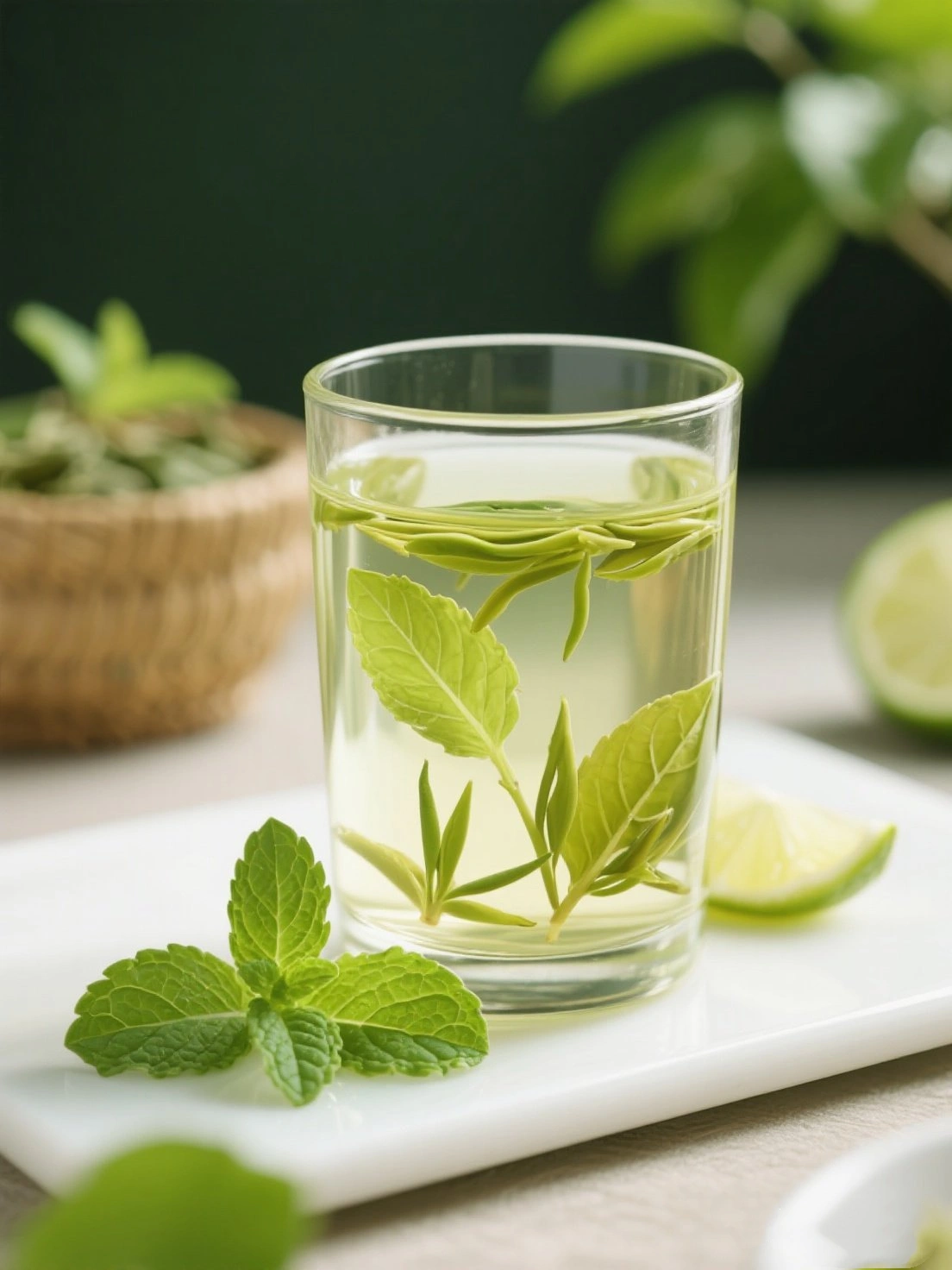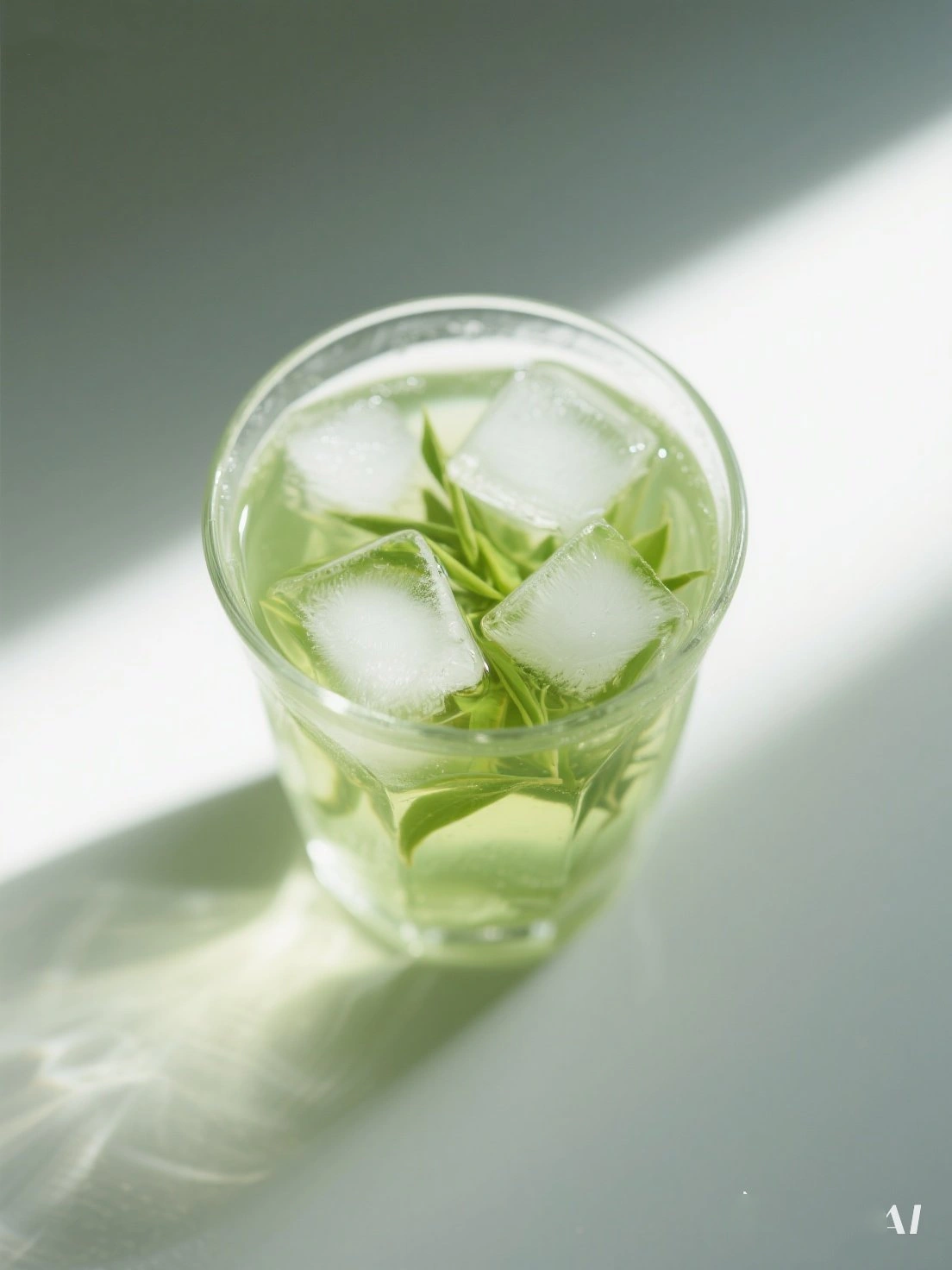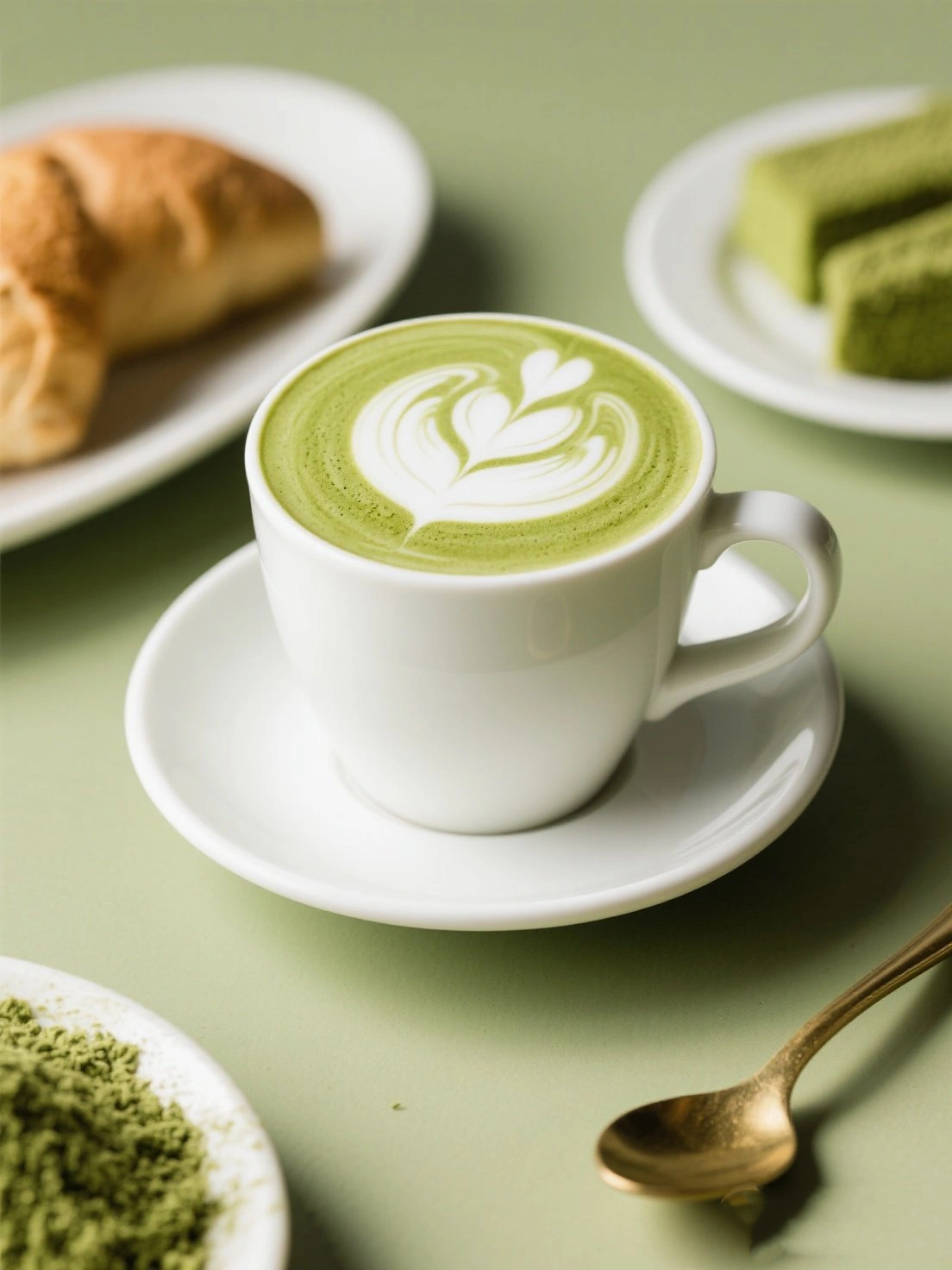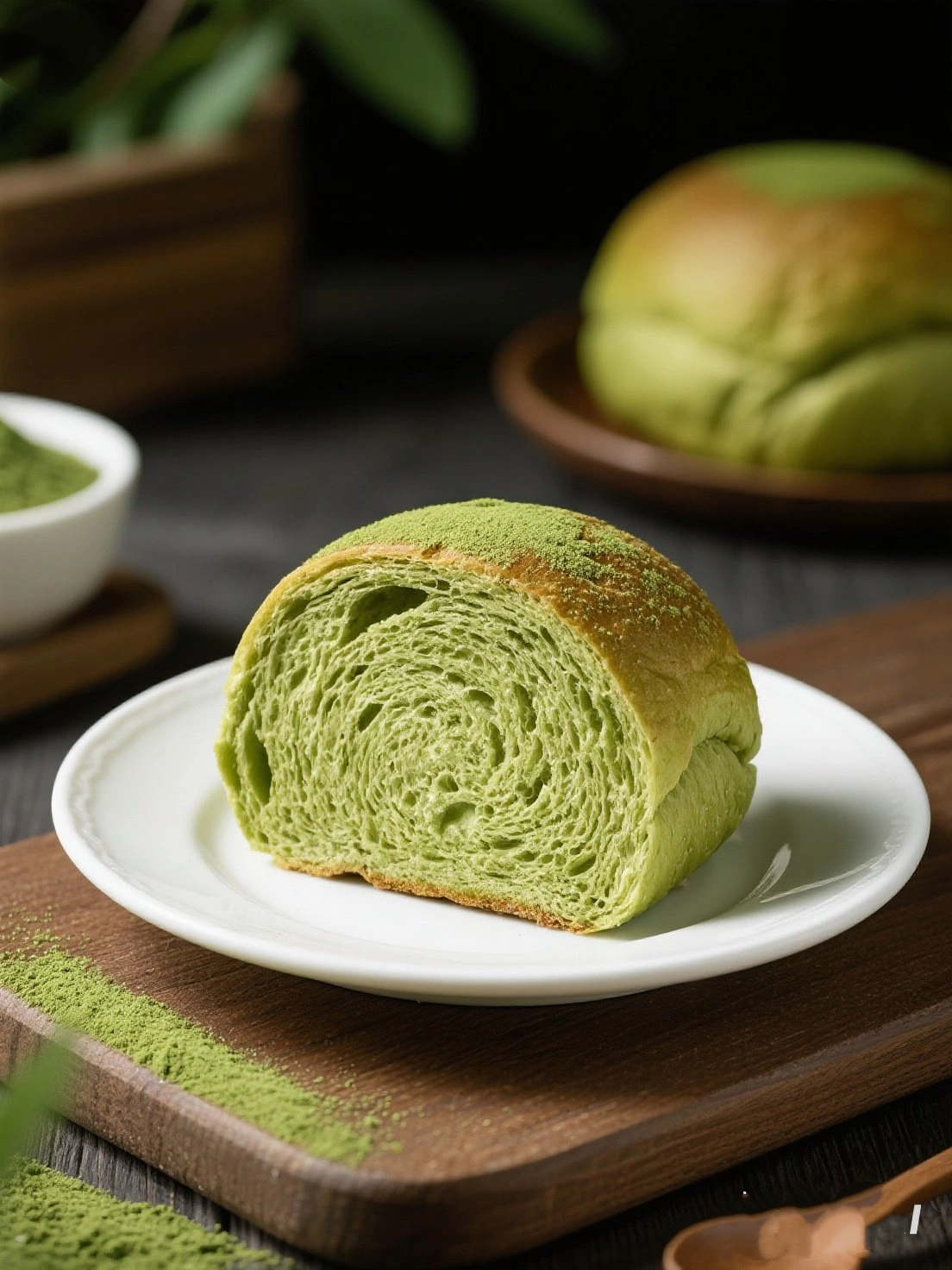Green tea (Camellia sinensis) originated in China over 4,000 years ago, with legends attributing its discovery to Emperor Shennong in 2737 BCE. Unlike black tea, green tea leaves undergo minimal oxidation during processing, preserving their natural green color and high concentration of beneficial compounds.
Buddhist monks introduced green tea to Japan in the 9th century, where it became integral to Zen practice and evolved into the ceremonial matcha tradition. The Tang and Song dynasties in China developed various processing methods that defined the diverse green tea varieties we know today.
Today, China remains the world's largest green tea producer (80% of global production), followed by Japan and Vietnam. The global green tea market continues to grow as modern science validates its traditional health claims, making it one of the most consumed beverages worldwide after water.
